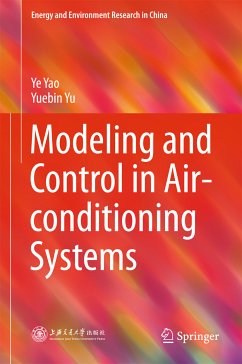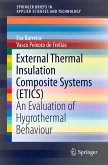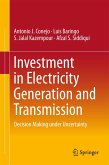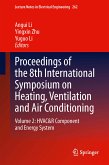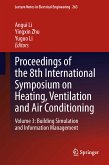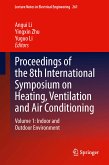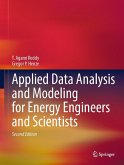Subsequently, virtual sensor calibration and virtual sensing methods (which are very useful for real system control) are illustrated together with a case study. Model-based predictive control and state-space feedback control are applied to air-conditioning systems to yield betterlocal control, while the air-side synergic control scheme and a global optimization strategy based on the decomposition-coordination method are developed so as to achieve energy conservation in the central air-conditioning system. Lastly, control strategies for VAV systems including total air volume control and trim & response static pressure control are investigated in practice.
Dieser Download kann aus rechtlichen Gründen nur mit Rechnungsadresse in A, B, BG, CY, CZ, D, DK, EW, E, FIN, F, GR, HR, H, IRL, I, LT, L, LR, M, NL, PL, P, R, S, SLO, SK ausgeliefert werden.
Hinweis: Dieser Artikel kann nur an eine deutsche Lieferadresse ausgeliefert werden.

